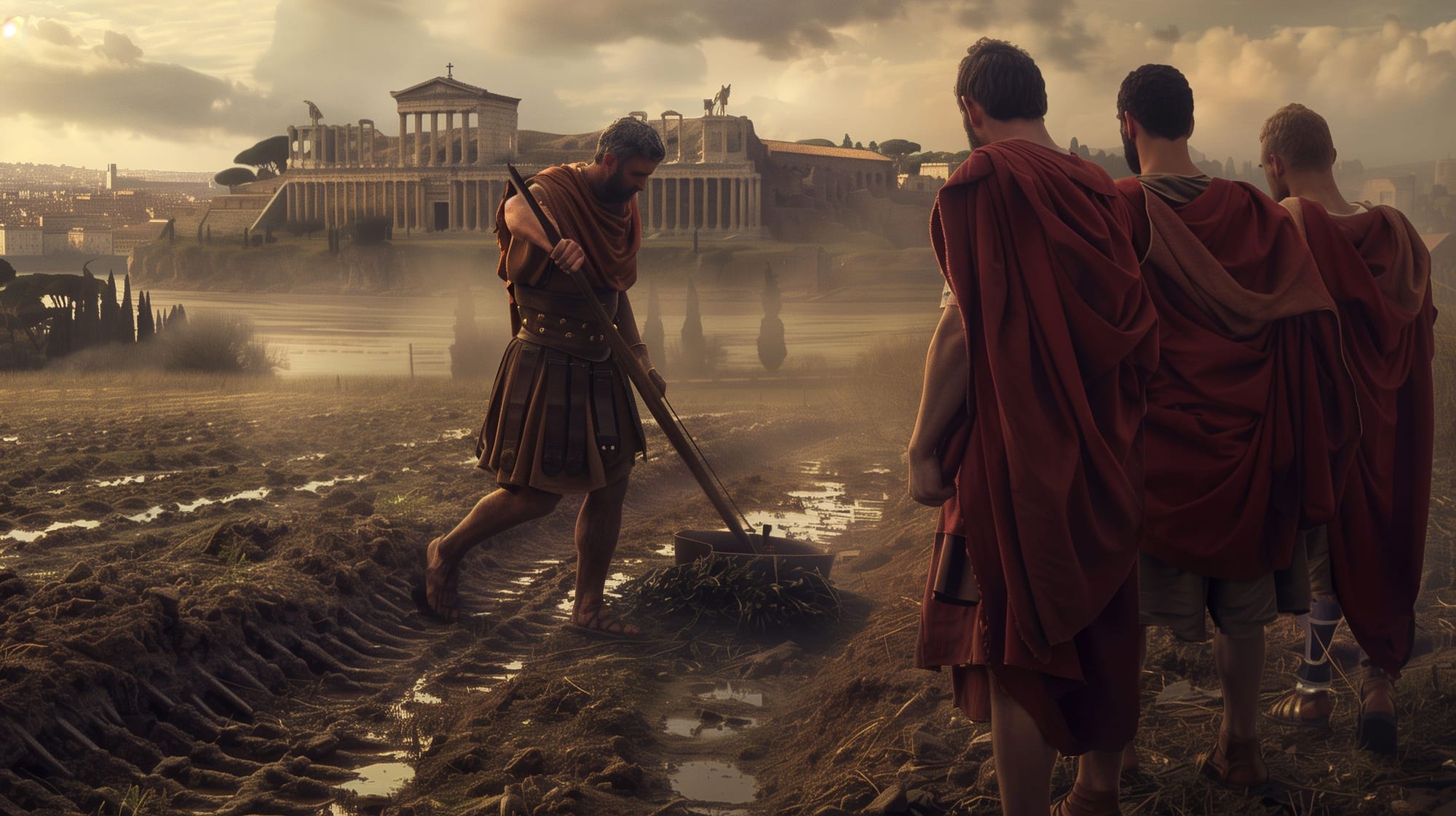How did Cincinnati, Ohio get its name? The story of Lucius Quinctius Cincinnatus
Who was Lucius Quinctius Cincinnatus who inspired Cincinati's, Ohio city name?

Cincinnati, located in the southwestern region of Ohio in the United States, ranks as the third-largest city in the state. Its historical roots extend to the late 18th century. The name "Cincinnati" itself derives from an ancient Roman origin, reflecting a deep historical lineage.
How did the name Cincinnati come up?
On January 2, 1790, General Arthur St. Clair, the governor of the Northwest Territory, renamed the town of Losantiville to Cincinnati. This new name was inspired by the Society of the Cincinnati, an organization established in 1783 by Henry Knox and other officers of the Continental Army to uphold the values of the American Revolution.
The Society itself was named after Lucius Quinctius Cincinnatus, a revered figure from the Roman Republic- (509–27 BCE), the ancient state centred on the city of Rome that began in 509 BCE, when the Romans replaced their monarchy with elected magistrates, and lasted until 27 BCE, when the Roman Empire was established- in the fifth century B.C., known for his exemplary civic virtue. After achieving victory in battle, Cincinnatus famously relinquished his power as dictator and returned to his farm, embodying the ideals of duty and service.
George Washington, who similarly renounced potential monarchical power in America, was often referred to as the American Cincinnatus. He served as the first president-general of the Society of the Cincinnati. Thus, the naming of the city of Cincinnati serves not only to honor the Roman statesman but also to commemorate Washington’s leadership and his dedication to republican principles.









About the Roman Empire Times
See all the latest news for the Roman Empire, ancient Roman historical facts, anecdotes from Roman Times and stories from the Empire at romanempiretimes.com. Contact our newsroom to report an update or send your story, photos and videos. Follow RET on Google News, Flipboard and subscribe here to our daily email.
Follow the Roman Empire Times on social media: